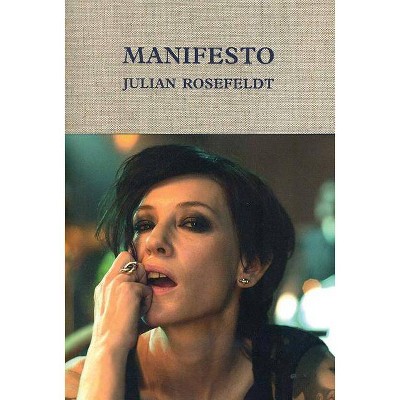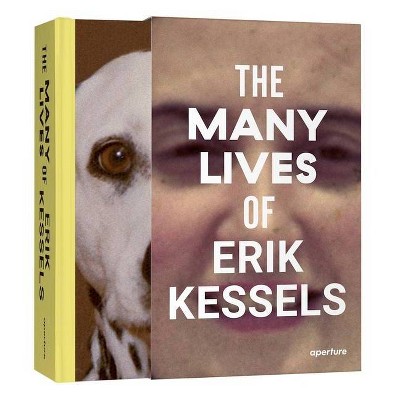Art, Vision, and Symmetry - by John Shoaff (Hardcover)

Similar Products
Products of same category from the store
AllProduct info
<p/><br></br><p><b> About the Book </b></p></br></br><p>This book traces the emergence of Frank Lloyd Wright's"ideal of internal order" in each of fifteen important and representative building designs. </p><p/><br></br><p><b> Book Synopsis </b></p></br></br><p>Frank Lloyd Wright confronted us with two challenges when he wrote of his buildings that certain "basic principles behind the effects" "give to them all such vitality, integrity, and magic as they have." The first challenge: to uncover these principles; and, the second, to explain how they yield works of such aesthetic range and power.</p><p>He gave us the first clue-each building emerges from "the differentiation of a single, certain, simple form"; but he left it for us to find the often complex process of "differentiation" that follows.</p><p>This book reveals that process. In fifteen case studies it shows how simple geometries repeat, grow, crystallize, and overlap, disciplined by their internal structure, to yield "the integration that is organic" that constitutes the final masterpiece.</p><p>These geometries are highlighted separately in a sequence of images. By following them the engaged amateur will enrich his understanding of Wright's works; the critic can evaluate them for himself; and the student will find in them the source of a discipline he can apply to his own efforts.</p><p>In an effort to explain the aesthetic "magic," that follows from this discipline, the book then turns to the sciences of vision. It explores basic mechanisms by which the eye and mind make coherent vision possible, and concludes that the freshness, clarity, and vitality of Wright's oeuvre follow from his discovery and employment of some of the most basic mechanics of perception, by which he created for the eye maximum pleasure from least effort.</p><p>From this follows a theory of aesthetics.</p><p><br></p>
Price History
Price Archive shows prices from various stores, lets you see history and find the cheapest. There is no actual sale on the website. For all support, inquiry and suggestion messages communication@pricearchive.us




















